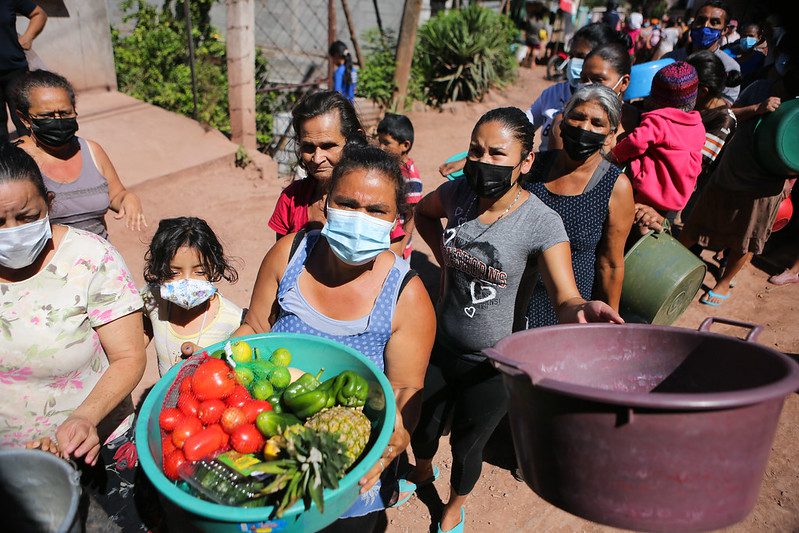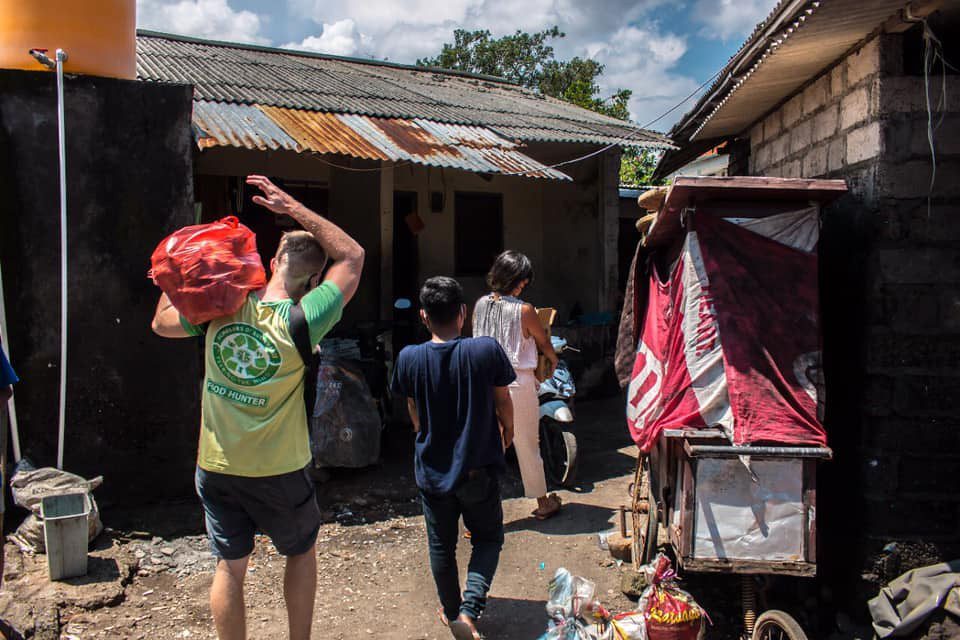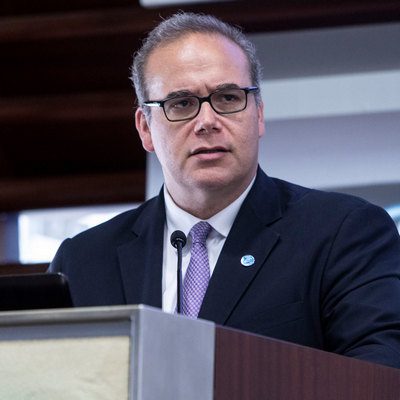The cost of food, fuel, and fertilizer are rising rapidly across the globe due to a series of disastrous, interrelated issues. Officials from the United Nations are calling the confluence of events a “perfect storm” and “the greatest cost-of-living crisis in a generation.”Earlier this year, food prices hit record levels, the highest seen since the 1990s, when the UN’s Food and Agriculture Organization (FAO) started the Food Price Index, a tool that tracks monthly changes in international prices of food crops.
Rising food prices mean that fewer people can afford a nutritious diet—and as many as 1.7 billion people could fall into poverty and hunger as a result.

Several factors are contributing to rising food prices, which are driving the cost-of-living crisis.
And it’s not only the conflict in Ukraine disrupting food production and driving hunger—according to the Peace Research Institute’s most recent data, the number of active armed conflicts in 2020 was the highest recorded since 1945. And the world could see increased civil unrest as a result of rapidly diminishing standards of living.These factors are combining to make the cost of food and other essentials prohibitive for many people, despite the fact there is enough food for everybody globally. By 2023, though, food availability could also become a serious issue in parts of the world.
Rising prices don’t affect everyone equally. People with lower incomes spend a much higher percentage of their income on food and fuel on average, and they are less likely to have savings or access to credit and other financial tools that can help during times of adversity.
According to recent data from the FAO’s State of Food Security and Nutrition (SOFI) report, between 702 and 828 million people faced hunger in 2021, demonstrating that “the world is moving backward in its efforts to end hunger, food insecurity, and malnutrition.” Not only is the world off track to meet Sustainable Development Goal 2 (Zero Hunger) by 2030—it’s currently projected that in eight years, the world will be facing the same level of hunger as 2015, when the SDGs were adopted.
Additionally, the number of people unable to afford a healthy diet rose by 112 million to almost 3.1 billion, a direct reflection of the impacts of rising consumer food prices—and the number could even be greater once more data is received.
As community-led organizations designed to address local hunger needs, food banks see early warning signs of crises, and react quickly and efficiently. In 2021, members of The Global FoodBanking Network served 39 million people in 44 countries, a 128 percent increase over pre-COVID levels of service. Food banks, on average, distributed 57 percent more food and grocery products than the previous year, despite sourcing challenges caused by the previously discussed breakdowns in supply chains and other factors.
And the need for emergency food assistance due to higher food prices is only increasing according to GFN members in Africa, Asia, and Latin America. For example, Banco de Alimentos Quito, has reported a 50 percent increase in demand for services, while another partner, India Food Banking Network, said the number of people requesting food has doubled recently. Scholars of Sustenance Indonesia has seen nearly five times the normal demand as a result of the cost-of-living crisis.

At the same time, these food banks—and others across the Network—are reporting decreases in product donations of up to 50 percent. If these trends continue, food banks will have less donated food to distribute at exactly the same time more people are trying to access their services. Food banks will be forced to divert their budgets—at a time when budgets are already stretched thin—to purchase food or find new donors, otherwise they won’t be able to meet community needs.
Responses to this crisis—particularly from the private sector and national governments—must recognize the critical role food banks continue to play. They must increase support to prevent a backslide in community capacity to provide emergency food relief.
In the coming months and beyond, locally led food banks will continue to be an integral part of the response to the cost-of-living crisis, providing safe, nutritious food to those facing hunger and strengthening social support systems in communities that are particularly vulnerable. Renewed investment in food banks can help maintain and increase levels of service at a time when communities need that support the most.

